There was a nasty sound of pens being sharpened last week as Royal Ballet runaway Sergei Polunin prepared to unveil his latest venture. The reviews were as dire as the show but the overriding mood was one of regret that so great a talent should have lost its way.
Project Polunin’s triple bill was cannily timed to coincide with the release of the documentary film Dancer, which follows the young Ukrainian prodigy’s progress after his snap resignation from the Royal Ballet in 2012. The film’s director, Steven Cantor, had no dance background and was a pushover for all the bravura party tricks that dominate the movie’s dance footage. This, together with the flashdancing YouTube sensation ‘Take Me to Church’, placed so much emphasis on raw virtuosity that Project Polunin was pretty much honour-bound to supply more of the same.
The Wells evening got off to a respectable start with a duet from Vladimir Vasiliev’s 1971 piece Icarus,The Night Before the Flight. Like all Soviet choreography of the period, it comes heavily garnished with bravura bling: soaring jetés and swizzling chains of turns. Polunin storms through these lustily enough but it is the Royal Ballet’s Natalia Osipova, Polunin’s on-off girlfriend, who spins straw into gold as Icarus’s sorrowing wife.
Polunin then took a breather, leaving us with Andrey Kaydanovskiy’s dismal Tea or Coffee, gamely performed by four dancers from Moscow’s Stanislavsky Ballet. It looked as if it had been made by someone who had heard contemporary dance described but never actually seen any. Polunin thinks it’s ‘a really unusual concept’. Polunin needs to get out more.
Narcissus and Echo was choreographed by Polunin himself (with help from Valentino Zucchetti) to a commissioned score by film composer Ilan Eshkeri played live by the London Metropolitan Orchestra. A corps of five nymphs and four ‘Theban Boys’ ponce about in an Attic manner on a rather retro-looking set dotted with clouds, constellations and planets.
Enter Polunin, in sheer tights and what can only be described as a spangled merkin. He spins (magnificently), he leaps (not quite so magnificently), then spends a surprising amount of time getting his breath back while draped over the North Pole of planet Jupiter. Eventually, he resurfaces, pirouettes some more then disappears down a steaming upstage crater while various selfies of the star are projected on to the clouds above. The whole sorry business is (partially) redeemed by Osipova, who shimmers through an adorable solo of her own devising which shows the forlorn Echo dwindle away to an answering voice.
Project Polunin played to packed and adoring houses, and its director is unlikely to rethink his decision to go it alone but, on this showing, he has neither the taste nor the choreographic talent to make a success of it. A guest contract with a major company would give him a measure of freedom while supplying the infrastructure he so badly needs and — most important of all — a repertoire worthy of his genius. It is rumoured that he will be Armand to Osipova’s Marguerite at Covent Garden this June. I won’t be holding my breath (but I am crossing my fingers).
Without a big name, mixed bills can be a very hard sell. The Royal Ballet’s latest, which opened at the Royal Opera House last week, is an ill-sorted trio with scant box-office appeal despite a top price of only £50. The evening kicks off with two plotless, bare-chest-and-leotard exercises: Christopher Wheeldon’s After the Rain and David Dawson’s Human Seasons. Vadim Muntagirov and four fellow principals do their best to mask Dawson’s weaknesses but the pairwork is ice-dance-y at best and is dominated by an ugly woman-as-floorcloth motif. Dancers spend a lot of time making an urgent dash for the wings (perhaps in a bid for escape).
The evening is saved by Crystal Pite’s Flight Pattern, the Canadian choreographer’s first Royal Ballet commission, in which she responds to the global refugee crisis with 36 dancers and Gorecki’s haunting Symphony of Sorrowful Songs.
A less intelligent, less reflective dancemaker might have struggled with such an emotive subject but Pite’s profoundly humane response is free of either soap-boxing or sentiment. Her extraordinary command of space allows her to create powerful massed effects with often very simple movements.
The 36 overcoated figures in the opening scenes sway back and forth in a huddled mass in the shadow of Jay Gower Taylor’s monolithic set. Gradually, the seething crowd fragments into tragic vignettes: lovers are reunited; a distraught woman (the excellent Kristen McNally) staggers upstage with her coat cradled in her arms like a drowned child. The great shoal of bodies finally surges through the open gates but Marcelino Sambé is left behind to deliver an agonised epilogue, his elegant lines ruptured and fragmented, as he dances out his rage and frustration.
Got something to add? Join the discussion and comment below.
Get 10 issues for just $10
Subscribe to The Spectator Australia today for the next 10 magazine issues, plus full online access, for just $10.
You might disagree with half of it, but you’ll enjoy reading all of it. Try your first month for free, then just $2 a week for the remainder of your first year.

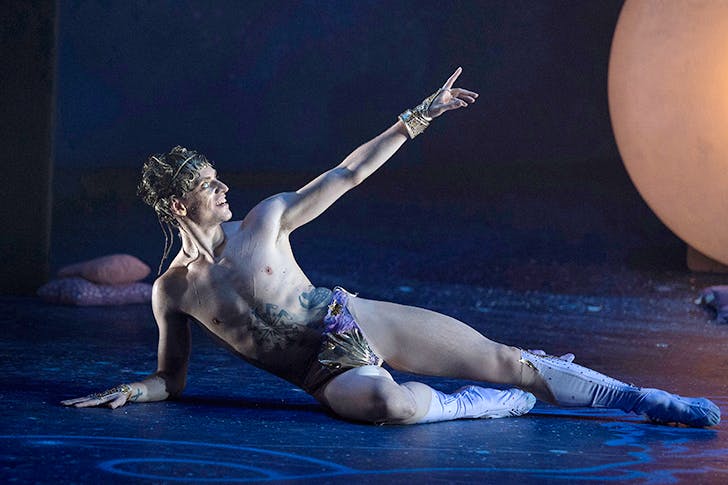
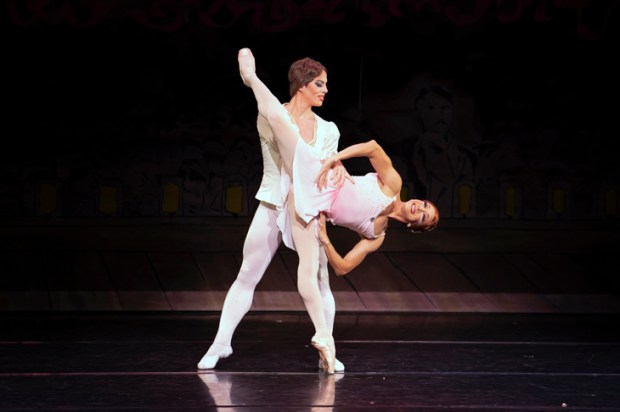
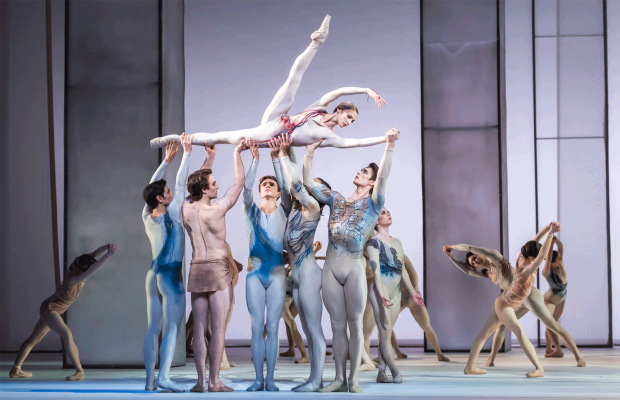
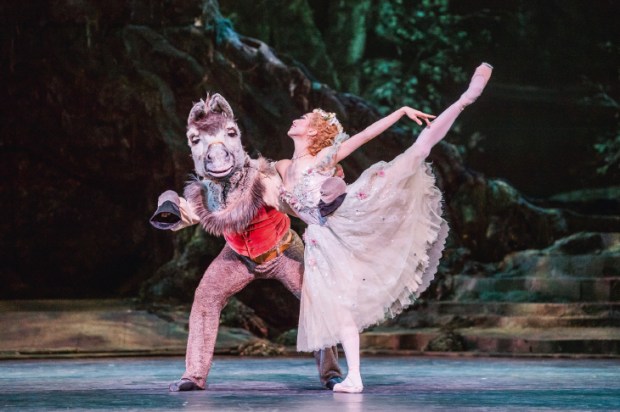
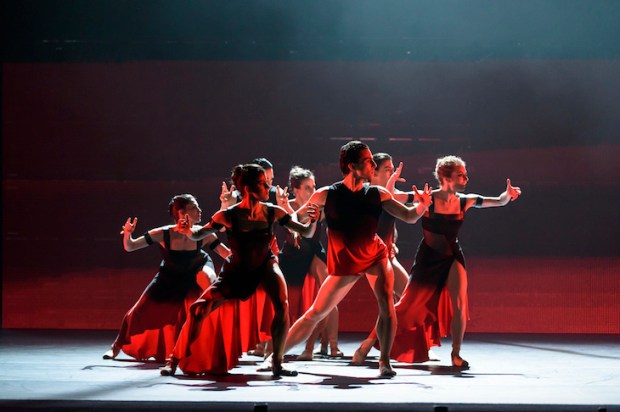
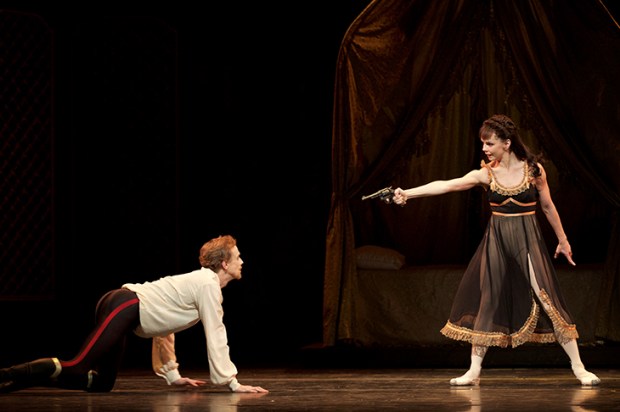






Comments
Don't miss out
Join the conversation with other Spectator Australia readers. Subscribe to leave a comment.
SUBSCRIBEAlready a subscriber? Log in